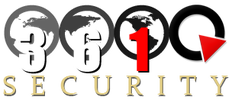El SalvadorEl Salvador is the smallest and most densely populated country in Central America. Home to many ancient Mesoamerican civilizations, El Salvador fell under Spanish control in 1525. In 1821 El Salvador achieved independence and gained status as a sovereign state. Between the late 19th and end of the 20th century El Salvador was a nation ravaged by political and economic instability. The peak of this instability occurred during the devastating 1979-1992 Civil War between the military and leftist guerillas. Since the Civil War El Salvador has been struck by multiple natural disasters that ravaged the economy. In the past 15 years transnational gangs have moved in using El Salvador as a transit point for cocaine smuggling. The gangs have created instability in Salvadorian society with violence and crime.
|
